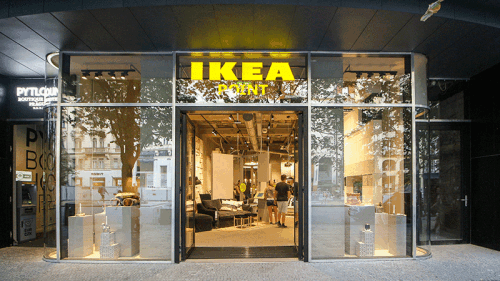There is money to be made in both emerging and developed real estate markets, although the opportunities they represent are different. Those in emerging markets are typically related to the expansion of the consumer class, whereas in developed markets they are linked to a budding recovery, dislocation of the credit markets, and a low-interest-rate environment. That was the broad message voiced by panelists during a session called “Around the World in 60 Minutes: Places People Are Investing” at the ULI Europe Paris 2011 annual conference in February.
According to figures presented by Rosemary Feenan, international director of global research at Jones Lang LaSalle and moderator of the session, Brazil and Singapore received heavy investment during 2009 and 2010. Spain, Japan, and Korea, meanwhile, saw the biggest declines.
“In developed markets, core is where it’s at. It’s less about the city or the property type, and more about the individual deal,” said David Bradford, global chief risk and investment officer for Prudential Real Estate Investors. “There are recovery plays, but they can be tricky and very labor-intensive to work out. Deleveraging and distress present a good opportunity for mezzanine investment, for example.”
In the United States, there are opportunities in the office market because vacancy rates have peaked. The commercial mortgage–backed securities (CMBS) market is also coming back, noted Bradford, who went on to discuss the fundamentals that underpin the emerging markets: “In emerging economies, it’s a growth story.” He explained that the population is expected to double or even triple in China over the next ten years; the multiples are even higher in India, although they come from a lower base. On the back of this, he endorsed residential development in second- and third-tier cities in China, Mexico, and Brazil, as well as retail development in China and Mexico and logistics development in Mexico and Brazil.
José Baeta Tomás, chief executive officer of Sonae Sierra Brasil, concurred with Bradford’s view that Brazil offers a compeling real estate opportunity. “Thanks to its low unemployment levels, rising wealth, and strong economic growth over the last decade, real estate activity in Brazil has never been busier.” He also said rents were rising in the office market, Sao Paulo being Brazil’s largest.
Another opportunity there exists in the shopping center market, which has strong growth potential because it remains underpenetrated compared that of other countries, according to Tomás.
“There are similar drivers in Africa as there are in Brazil: people are getting richer and the economy is growing,” reflected David Morley, head of real estate at Actis, a private equity firm investing primarily in Africa, China, India, Latin America, south Asia, and southeast Asia. Despite comprising 54 countries, Africa has so far attracted only a limited number of private equity players. Yet it remains supply constrained and therefore looks appealing from an investment point of view, as far as Morley is concerned.
His company is in the process of developing its second grade A mall in Lagos, Nigeria, a city dubbed the “Mega City of the Future” where infrastructure has not kept pace with population growth. “There’s not much there, but the place is chaotic. With virtually zero grade A stock there is no shortage of opportunity,” said Morley.
That said, operating in the market is not as easy as it sounds: “Otherwise, everyone would be doing it.” A limited number of general partners, political risk, corruption, and a weak exit environment are threats that should be carefully considered by prospective investors. Morley’s advice is to “be prepared to stay for the medium term” and “engage in projects with both community and political support.”





